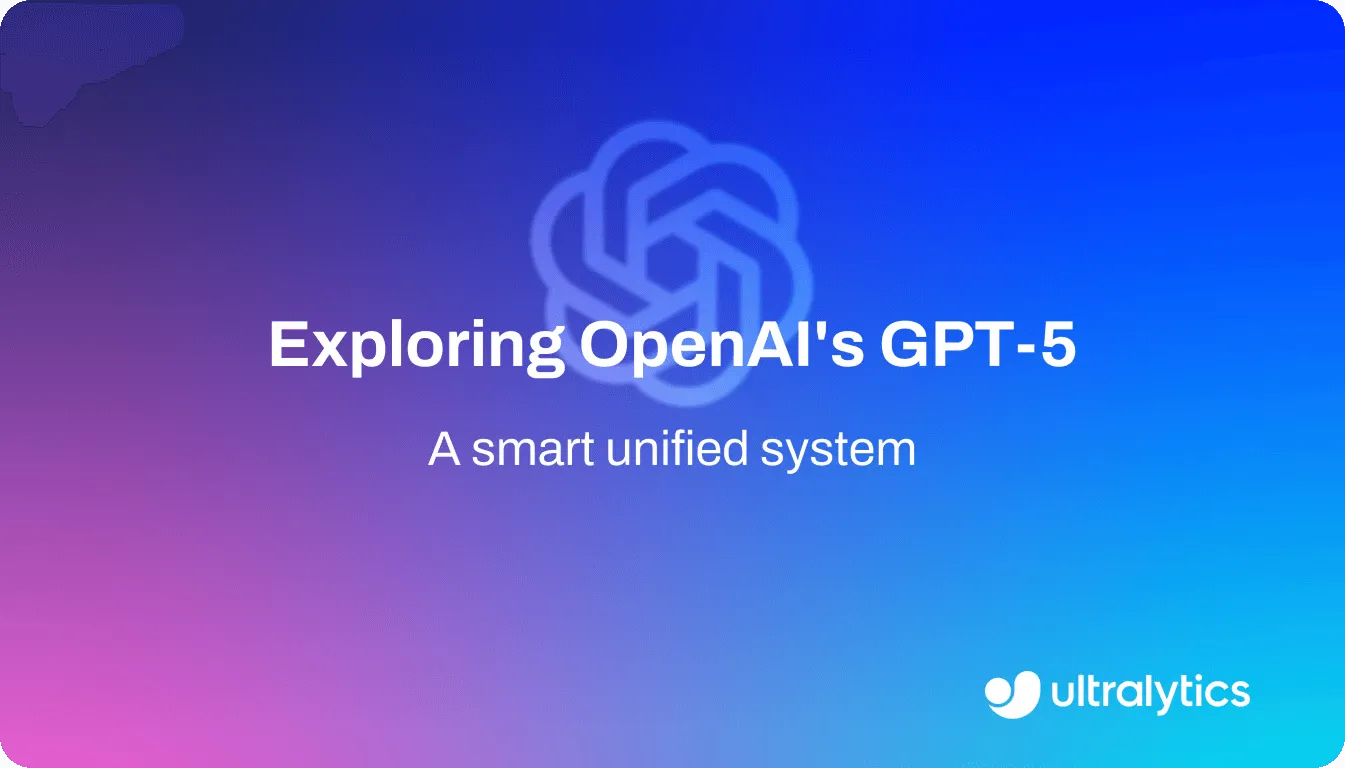الترجمة الآلية
اكتشف كيف تستخدم الترجمة الآلية الذكاء الاصطناعي والتعلم العميق لكسر الحواجز اللغوية، مما يتيح التواصل العالمي السلس وإمكانية الوصول إلى العالم.
الترجمة الآلية هي مجال فرعي من اللغويات الحاسوبية والذكاء الاصطناعي (AI) يركز على ترجمة النص أو الكلام تلقائيًا من لغة إلى أخرى. كمهمة أساسية ضمن معالجة اللغات الطبيعية (NLP)، تقوم أنظمة الترجمة الآلية بتحليل النص المصدر لفهم معناه ثم توليد نص مكافئ باللغة الهدف، مع الحفاظ على السياق والطلاقة. وقد اعتمدت الأنظمة المبكرة على أساليب الذكاء الاصطناعي القائمة على القواعد والإحصائيات، ولكن تهيمن على الترجمة الآلية الحديثة نماذج التعلم العميق المتطورة التي تقدم ترجمات أكثر دقة وطبيعية.
كيف تعمل الترجمة الآلية
يتم تشغيل أنظمة الترجمة الآلية الحديثة بواسطة شبكات عصبية متقدمة (NN)، والتي تتعلم الترجمة من خلال تحليل كميات هائلة من بيانات النصوص. كان الإنجاز الأهم في هذا المجال هو تطوير بنية المحول. وقد أحدثت هذه البنية النموذجية، التي تم تقديمها في ورقة بحثية بارزة عام 2017 من قبل باحثي Google بعنوان "الانتباه هو كل ما تحتاجه"، ثورة في الترجمة الآلية.
بدلاً من معالجة الكلمات واحدة تلو الأخرى، يقوم نموذج المحول بمعالجة تسلسل المدخلات بالكامل مرة واحدة باستخدام آلية انتباه. يسمح ذلك للنموذج بموازنة أهمية الكلمات المختلفة في الجملة المصدر عند توليد كل كلمة من الترجمة، مما يتيح للنموذج تقييم أهمية الكلمات المختلفة في الجملة المصدر عند توليد كل كلمة من الترجمة، والتقاط التبعيات بعيدة المدى والتراكيب النحوية المعقدة بشكل أكثر فعالية. تبدأ هذه العملية بالترميز، حيث يتم تقسيم النص المدخل إلى وحدات أصغر (رموز)، والتي يتم تحويلها بعد ذلك إلى تمثيلات رقمية تسمى التضمينات التي يمكن للنموذج معالجتها. يتم تدريب هذه النماذج على مجموعات بيانات ضخمة متوازية - مجموعات بيانات كبيرة تحتوي على نفس النص بلغات متعددة.
التطبيقات الواقعية
تعمل الترجمة الآلية على تشغيل العديد من التطبيقات التي تسهل التواصل العالمي والوصول إلى المعلومات:
- التواصل الفوري: تسمح خدمات مثل Google Translate و DeepL Translator للمستخدمين بترجمة صفحات الويب والمستندات والرسائل في الوقت الفعلي، مما يكسر الحواجز اللغوية في جميع أنحاء العالم. غالباً ما يتم دمج هذه الأدوات في المتصفحات وتطبيقات التواصل مثل Skype Translator لتوفير تجارب سلسة.
- توطين المحتوى: تستخدم الشركات الترجمة الآلية لترجمة أوصاف المنتجات وأدلة المستخدم والحملات التسويقية للوصول إلى الأسواق الدولية. وهذا أمر بالغ الأهمية للذكاء الاصطناعي في مجال تجارة التجزئة والتجارة الإلكترونية. في كثير من الأحيان، يتم استخدام الترجمة الآلية الآلية في مرحلة أولى، ثم يتم تنقيحها بواسطة مترجمين بشريين في عملية تُعرف باسم الترجمة الآلية بعد التحرير (PEMT).
- دعم العملاء متعدد اللغات: تقوم الشركات بدمج الترجمة الآلية في روبوتات الدردشة الآلية ومنصات خدمة العملاء، مما يتيح لها تقديم الدعم بلغات متعددة دون الحاجة إلى فريق كبير من الوكلاء متعددي اللغات. يؤدي ذلك إلى تحسين تجربة العملاء والكفاءة التشغيلية.
- الوصول إلى المعلومات: يمكن للباحثين والصحفيين وعامة الناس الوصول إلى المعلومات التي قد لا تكون متاحة بسبب الحواجز اللغوية. على سبيل المثال، تستخدم المؤسسات الإخبارية مثل رويترز MT لإيصال القصص الإخبارية إلى الجمهور العالمي بشكل أسرع.
تمييز MT عن المفاهيم ذات الصلة
من المهم التمييز بين الترجمة الآلية ومفاهيم الذكاء الاصطناعي الأخرى ذات الصلة:
- معالجة اللغة الطبيعية (NLP): البرمجة اللغوية العصبية هي المجال الواسع للذكاء الاصطناعي المعني بالتفاعل بين الحواسيب واللغة البشرية. وتعد الترجمة الآلية مهمة محددة ضمن معالجة اللغات الطبيعية، إلى جانب مهام أخرى مثل تحليل المشاعر وتلخيص النصوص.
- نمذجة اللغة: يتم تدريب نموذج اللغة على التنبؤ بالكلمة التالية في تسلسل ما. وعلى الرغم من أن هذا هو أحد المكونات الأساسية لأنظمة الترجمة الآلية الحديثة، إلا أن الهدف من الترجمة الآلية ليس مجرد التنبؤ، بل توليد ترجمة متماسكة ودقيقة من حيث السياق بلغة مختلفة. النماذج اللغوية الكبيرة (LLMs ) هي نماذج لغوية قوية يمكنها أداء الترجمة الآلية من بين العديد من المهام الأخرى.
- الرؤية الحاسوبية (CV): بينما تتعامل الترجمة الآلية مع النصوص، تركز الرؤية الحاسوبية على تفسير المعلومات البصرية من الصور ومقاطع الفيديو. تتقارب المجالات في النماذج متعددة الوسائط التي يمكنها، على سبيل المثال، ترجمة النص الموجود داخل الصورة. يمكن لهذه النماذج، مثل YOLO-World، فهم السياقات البصرية واللغوية على حد سواء.
على الرغم من التقدم الكبير المحرز، لا تزال هناك تحديات في الترجمة الآلية، بما في ذلك التعامل مع الفروق الدقيقة والتعابير والسياق الثقافي والتخفيف من التحيز الخوارزمي. يتجه مستقبل الترجمة الآلية نحو مزيد من الوعي بالسياق والتكامل مع طرائق الذكاء الاصطناعي الأخرى. تعمل منصات مثل Ultralytics HUB على تبسيط تدريب نماذج الذكاء الاصطناعي المتطورة ونشرها، مما يمهد الطريق للتطورات المستقبلية.



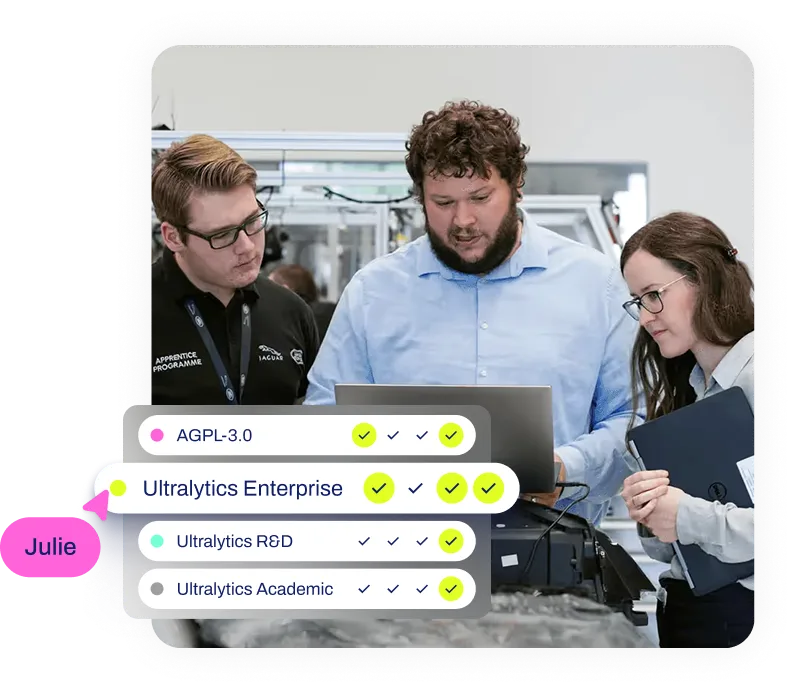
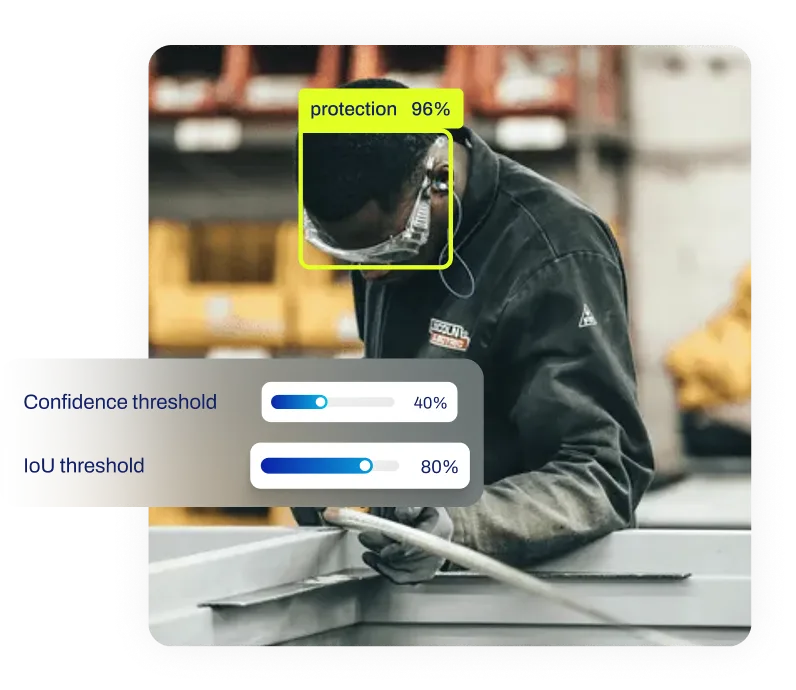
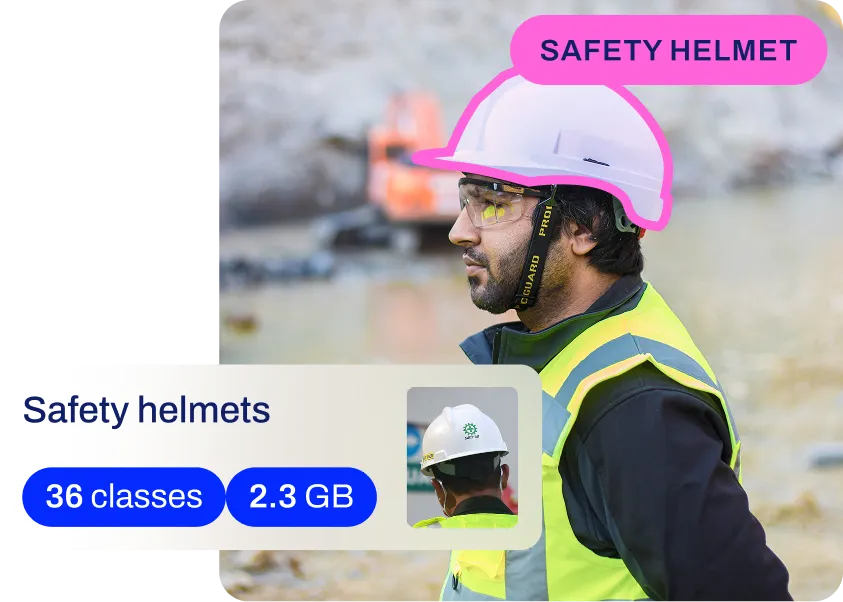
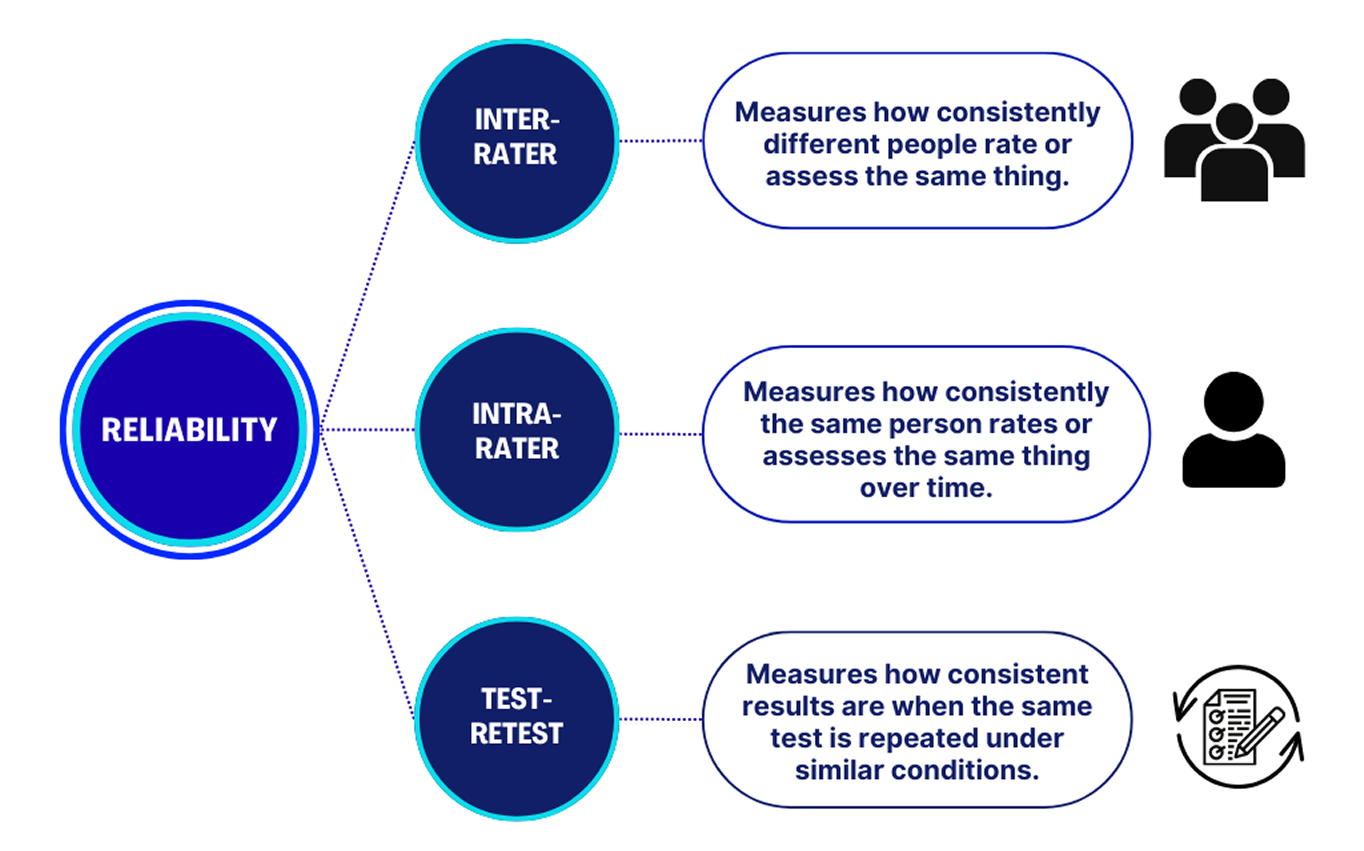
.webp)
